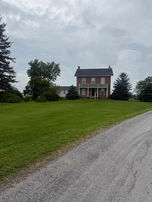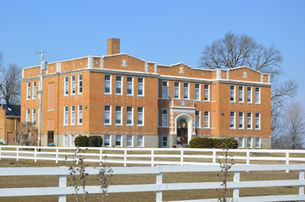
History
Ross Township in Greene County, Ohio has roots reaching back to the early 19th century. It was officially established in 1811 and named after a pioneer settler simply known as Ross. Located in the northeastern corner of the county, it borders several other townships and even touches Madison County, making it unique within Greene County.
Ross Township also holds the distinction of containing the highest point in Greene County at 1,135 feet, located in its northern section. Ross Township’s history is shaped by a tapestry of early settlement, agricultural development, and community resilience. Here are some of the most significant events and trends that left a lasting mark:
Early Settlement (circa 1806-1811): The township saw its first permanent settlers arriving from Virginia and Maryland around 1806, including the Harpole, Butcher, and Larkin families. These pioneers cleared dense forests, built log cabins, and began farming the fertile land.
Agricultural Expansion: Much of the land was heavily timbered or part of the “Barrens”—wet prairie land that required significant effort to cultivate. Settlers like Josephus Atkinson transformed these areas into productive farmland, often driving livestock to distant markets such as Philadelphia and Baltimore—a journey that could take 70 days round-trip.
First Brick House (1827): David Larkin, a Maryland native, is credited with building the first brick house, a symbol of permanence and prosperity in a frontier community.
Grape Grove Community: This small village within the township became a local hub, with a school and church that served as gathering places for residents. Though modest, it played a key role in shaping the township’s social fabric.
A Remarkable Transformation: In the early 1800’s, settlers carved out small plots for corn and vegetables. Farms were modest, supplementing diets still reliant on hunting and foraging—much like the Native American groups who preceded them. By the mid 19th century, agriculture expanded significantly. Farmers began cultivating larger tracts of land, raising livestock, and transporting goods to more distant markets. This shift marked the township’s transition from survival farming of dense woodlands and subsistence plots to preserved, high-yield farmland and commercial agriculture.
Fast forward to the 21st Century: Ross Township has become a leader in agricultural land preservation. Since 2004, over 3,000 acres have been protected through easement by the Tecumseh Land Trust which will remain farmland in perpetuity.
















